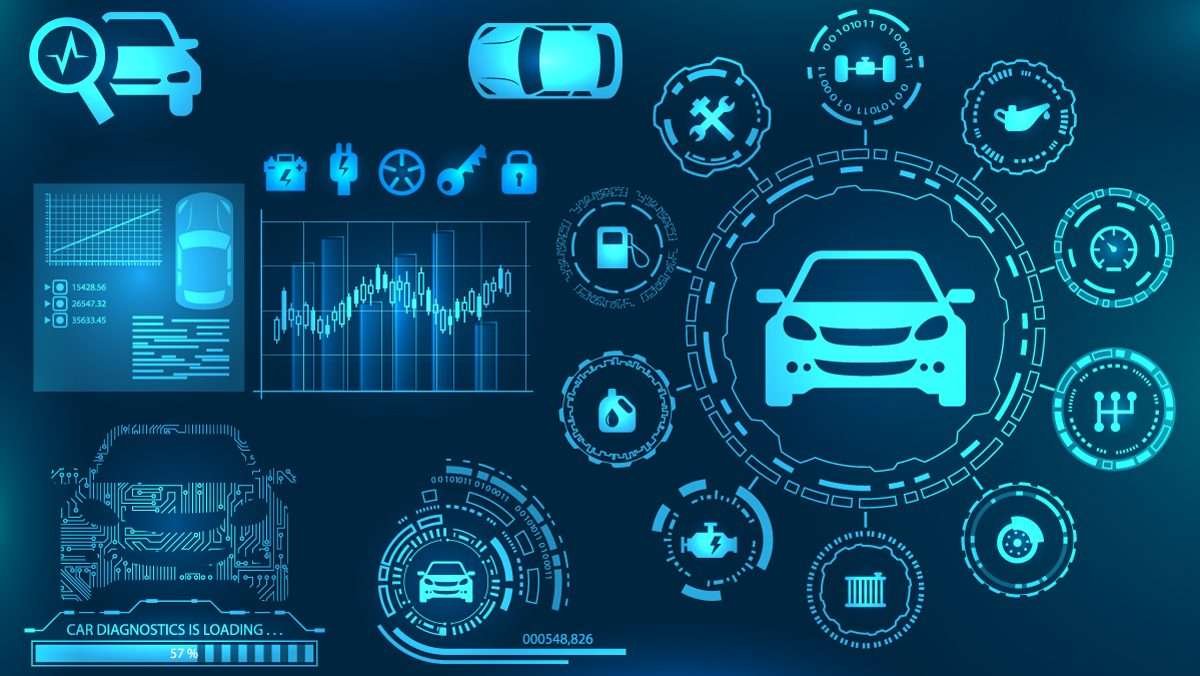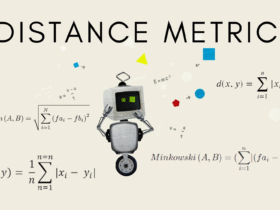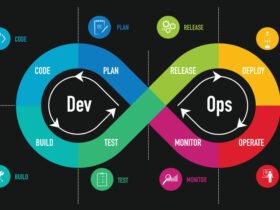Mobility in 2025 doesn’t just look different—it thinks differently. The shift from fuel to electricity was only the beginning. What we’re witnessing now is a deeper transformation, where code is just as important as combustion. Behind this evolution, the unsung heroes are not just carmakers—they’re your modern-day automotive software development company.
These companies aren’t working behind the scenes anymore. They’re building the logic that defines how vehicles move, react, learn, and adapt in real time. This isn’t about dashboards and entertainment systems—it’s about core mobility intelligence.
From Static Machines to Smart Systems
The car used to be a mechanical product. Gears, axles, engines. But today’s vehicle is more of a digital system on wheels. With real-time decision-making, predictive maintenance, and integrated cloud platforms, the future belongs to those who understand the subtle power of automotive software.
Think about it—when a vehicle detects a hazard, reroutes a trip, or manages battery performance based on driving habits, that’s software at play. It’s no longer optional; it’s foundational.
Where Innovation Really Happens
Contrary to what many believe, innovation doesn’t always start with the manufacturer. Often, the spark comes from firms offering specialized automotive software development services. These players develop solutions that enable faster vehicle-to-everything (V2X) communication, safer ADAS algorithms, and scalable cloud mobility platforms.
And because these firms aren’t burdened by legacy infrastructure, they move fast experimenting, testing, and launching at a pace that traditional auto giants can rarely match.
It’s Not Just About the Driver Anymore
Mobility is no longer just about the person behind the wheel. It’s about fleets. It’s about logistics. It’s about data. In this ecosystem, automotive software development company roles have expanded far beyond consumer-facing applications. They now build platforms that manage EV fleets, monitor usage patterns, predict wear and tear, and even help insurance companies adjust premiums dynamically.
These aren’t support functions—they’re strategic engines behind business models.
Why Software Has Become the Differentiator
Two EVs might look identical on the surface, but the one with smarter software will win. That’s because the real competition is happening under the hood—inside processors, sensors, and codebases. The smoothness of a ride, the efficiency of energy usage, and the seamless over-the-air updates all depend on good automotive software.
This shift has changed the way buyers think too. A car that learns and updates itself regularly feels like an asset that improves over time—not one that depreciates the moment you drive it out.
Challenges Are Steep—But So Are the Rewards
Of course, building next-gen software for vehicles isn’t simple. Safety regulations, legacy system integrations, and cyber threats are part of the daily grind. That’s why the demand for dedicated automotive software development services has skyrocketed. These teams are specialized, agile, and deeply aligned with safety protocols and compliance standards.
They know how to ship fast—but safely. And in 2025, that balance of speed and reliability is the winning formula.
The Road Ahead Is a Built-in Code
Mobility in 2025 will not be led by horsepower alone. It will be led by hyper-efficiency, real-time responsiveness, and integrated intelligence. Vehicles will communicate with each other, adapt to weather conditions, align with energy grids, and even sync with your calendar. And all of that? It starts with software.







